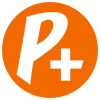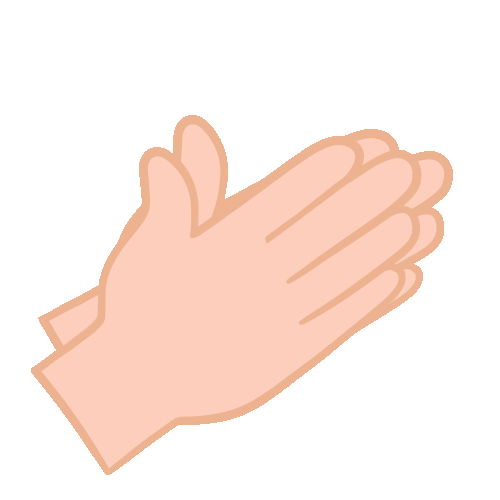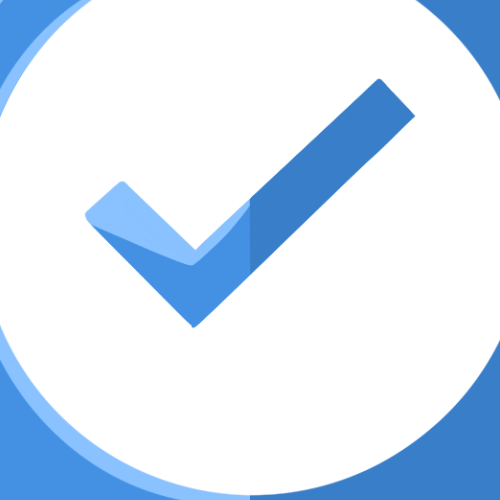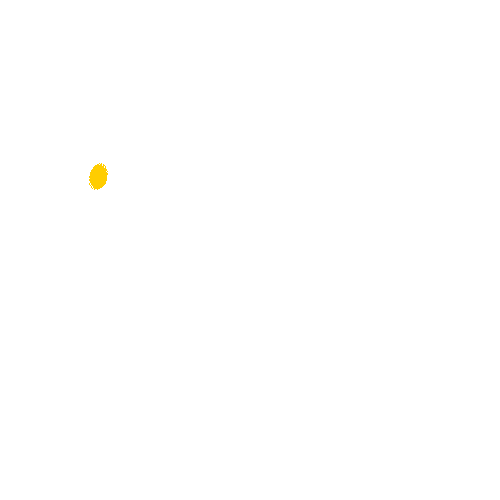De filterbubble bestaat niet
1. THE TRUTH BEHIND FILTER BUBBLES RICHARD FLETCHER GREEN TEMPLETON COLLEGE, UNIVERSITY OF OXFORD (22/01/2019)
2. BACKGROUND People use services like Facebook, Twitter, Google, Apple News, etc. to get news, and some of the news people see has been selected automatically by algorithms. Selection decisions are made by algorithms using data about our interests and preference—and this could reinforce existing consumption patterns. • Echo chambers: Where we are over-exposed to news we like or agree with—distorting our perception of reality. • Filter bubbles: Where news we dislike or disagree with is automatically filtered out—narrowing what we know.
3. BACKGROUND
4. DIGITAL NEWS REPORT World’s largest annual survey of news audiences 38 markets, 5 continents (mostly Europe) 75,000 respondents Polling mainly by YouGov, questionnaire by us www.digitalnewsreport.com
5. DIGITAL NEWS REPORT What is people’s main source of news? (Newman et al., 2019) 46% 41% 7% 6% 0% 25% 50% Online (inc. social media) TV Print Radio Q4. You say you’ve used these sources of news in the last week , which would you say is your MAIN source of news?
Conclusion
- social media does increase the phenomenon of segregation, also called polarization, leading to reading only the stuffs that comfort you in your ideology
- the availability of limitless online resources does lead to ideological segregation ; the effect is marginal for descriptive news (94%of the consumption) and substantial for opinion stories (6%)
- only 1 in 300 clicks on Facebook leads to reading substantive news articles. the 299 remaining clicks go to video- or photo-sharing websites
78% of users get their news from one source only, 94% from two sources. Those sources are mainly mainstream. - the most extremely ideologically oriented users (2%) expose themselves to a high variety of information sources from the same ideology. This exposition occurs through direct browsing. Algorithms play no role.
#Filterbubble

- Report this post
 Yoors
Premium
Yoors
Premium
















